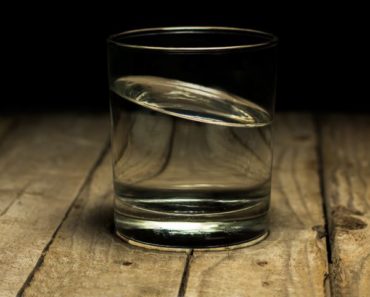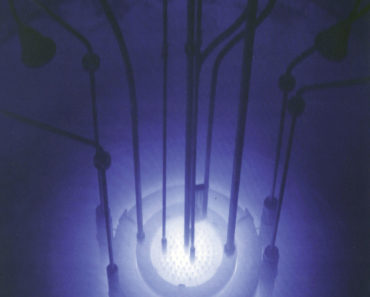Science experiments are fun. What’s even more fun is if you can eat them! Kids and adults alike will enjoy them. It’s fun to learn things while snacking so why not snack on your experiments?
Cooking in itself already involves chemistry, physics, biology, and some math. Each food you serve is already considered an experiment. Getting a little more creative will add just the right touch of geekiness.
Here are some great food science experiments for kids:
1. Edible Playdough
It’s fun to play with molding doughs so why not eat it, too? To make a peanut butter flavored playdough, you only need 3 ingredients. A cup of instant milk powder, a cup of smooth peanut butter, and a tablespoon of honey. Even kids can make this from scratch.
Simply mix the ingredients together and roll them into a dough. Once it’s solid, it can be squished, stretched, and molded just like you would any molding dough. After creating some iconic pieces, you can eat them!
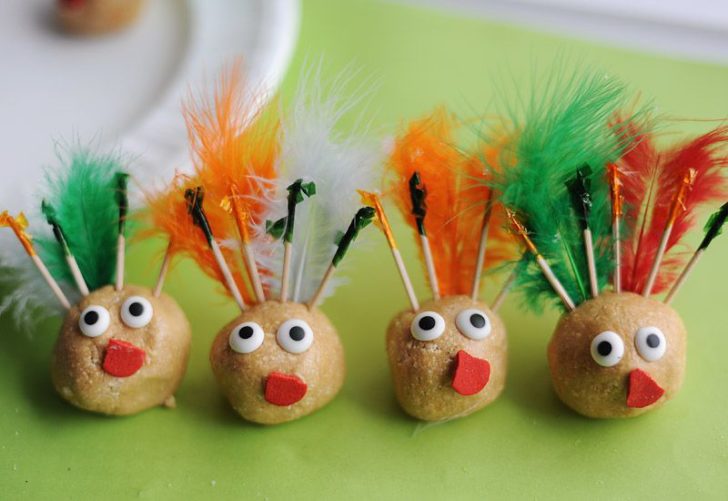
Foto: www.pediastaff.com
2. Making Crystal Candies
Learn how crystals are formed and make ones that you can eat. You only need a few simple tools and some sugar.
You need small wooden skewers where the crystals would stick. Other ingredients are water, sugar, clothespins, and glass jars. The ratio is 2 cups of sugar to a cup of water.
Mix the water and sugar in a saucepan before putting it on the stove. As it heats, watch the sugar dissolve. Bring it to a low boil and continue adding sugar one cup at a time until there is nothing to dissolve. It will be a completely saturated sugar solution.
Turn off the heat and let it cool for about 15 minutes. While it’s cooling, soak your wooden skewers in water and then coat them with sugar. This will allow the new sugar crystals to stick on them. Let them dry all the way before adding the melted sugar solution.
Carefully pour the sugar solution into the glass jars. You can add food coloring at this point to make the crystals look unique. Slowly insert the sugar-coated skewers into the jar and hold them down with the clothespins.
Let the jars with the skewers sit in a warm sunny location and wait. It would take about a week before the sugar crystals form then you can take them out of the jar and you’d have a batch of sparkling sugar rock candies.
They’re pretty and tasty, and if you this with kids, they will learn how to wait for nature to take its course and turn into something beautiful.
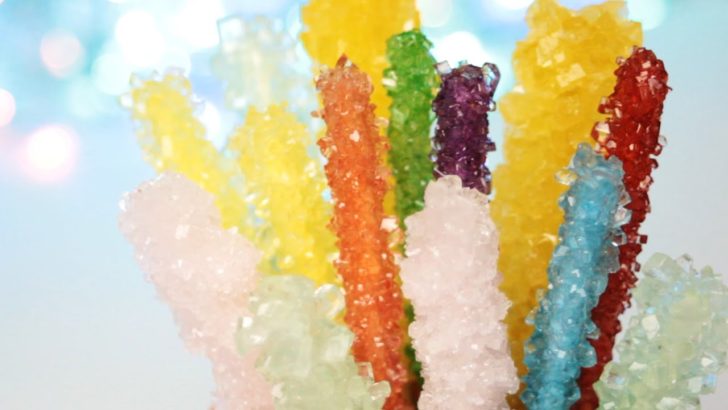
3. Glowing Jell-O
You can learn about luminescence by making some glow in the dark Jell-O. All ingredients are edible so you can eat a radiant, glowing Jell-O after you make it. You just need some patience while waiting for it to chill. It takes 10 minutes to prepare and 4 hours waiting.
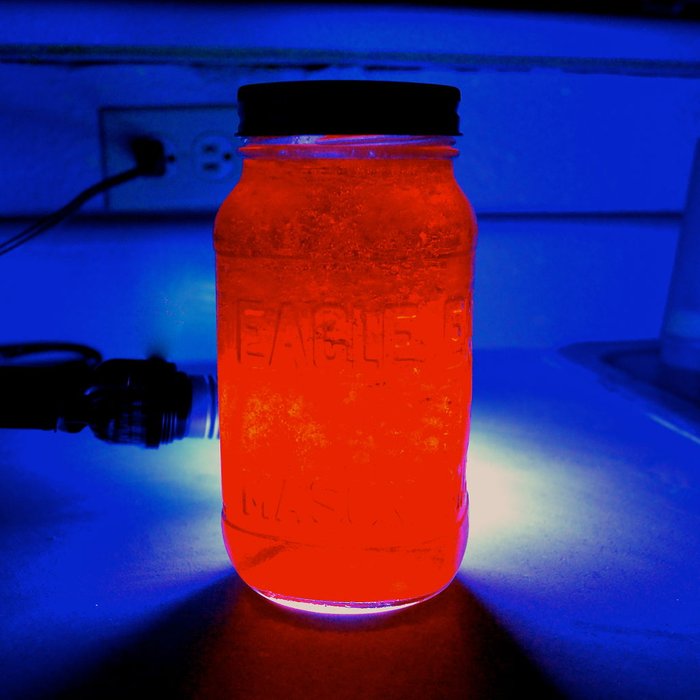
Foto: instructables.com
The Quinine is a tonic water ingredient that has a fluorescent property. It will absorb the ultraviolet light and emit it again. Use light-colored Jell-O for maximum glow.
You will need light-colored Jell-O like yellow or lime, 16oz of tonic water, a pot of boiling water, and a table lamp with a fluorescent black light.
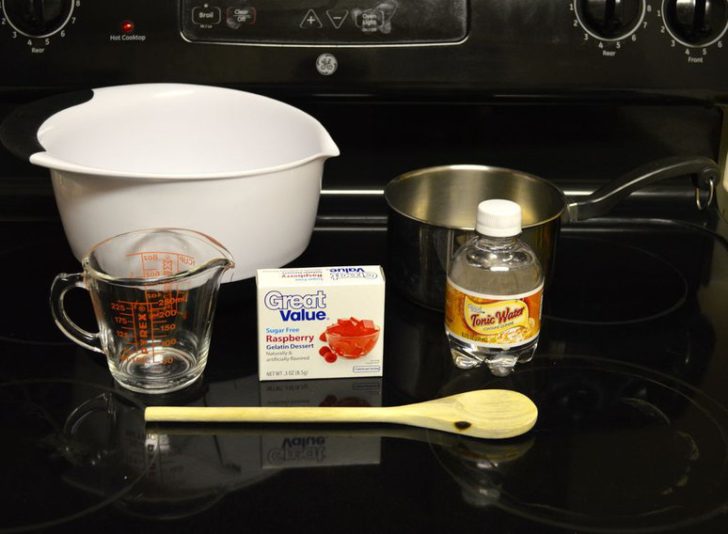
Pour a cup of tonic water into a pot and put it on the stove on high heat. While the water is heating, pour a packet of Jell-O into a mixing bowl and once it boils, pour the liquid into the bowl. Stir the mixture until it’s dissolved. Add a cup of cold tap water and mix it again.
Now, you just need to put the bowl in the fridge and chill it for 4 hours. Remove it from the fridge and put it under the lamp with fluorescent black light while your lights are off. You now have a glowing Jell-O.
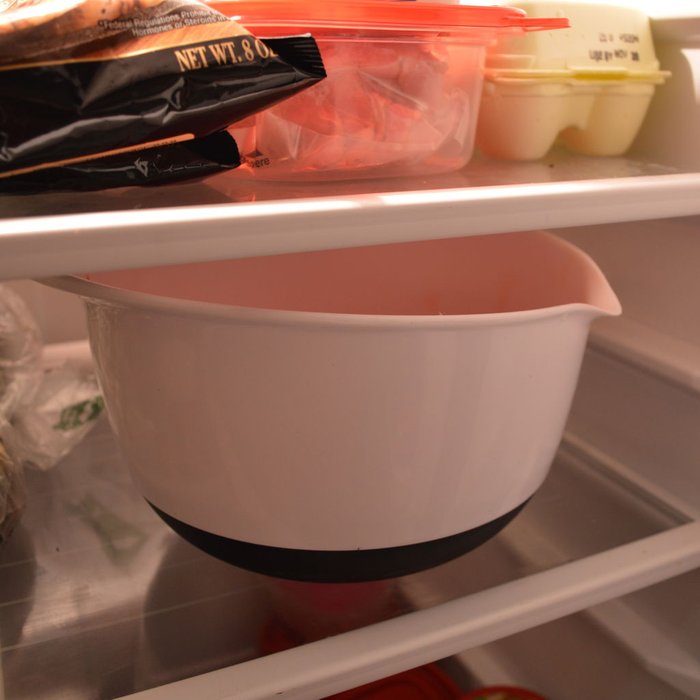
Just remember to take caution in this particular food science experiments because the tonic water could shoot up if not handled properly. Be careful not to shake it.
You can do these edible science experiments for fun at home or if you have a business, it may be a good idea to add for example experiment kits to your products.
You may like: 3 Awesome Science Experiments with Fire

